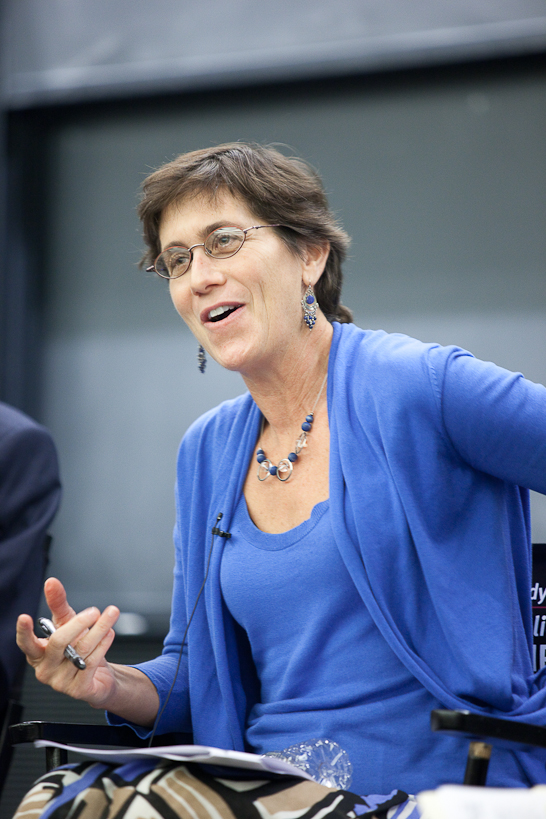Last week I had the chance to participate on a panel discussion at the Center for Public Leadership (Harvard Kennedy School) following a screening of the newly-released documentary Waiting for Superman. I was joined on the panel by Jim Berk (CEO of Participant Media, the film’s production company) and Thackston Lundy, a student at Kennedy school and former Director of Operations at one of the schools profiled in the film. David Ager, Director of Undergraduate Studies and Professor of Sociology at Harvard, moderated the discussion.
You’ve probably heard about this moving but controversial film directed by Davis Guggenheim (An Inconvenient Truth). In Waiting for Superman, Guggenheim documents the aspirations of five families seeking charter school admission as a way out of under-performing district public schools. By focusing primarily on charter schools while omitting well-performing district schools entirely, the film (intentionally or not) promotes charter schools as the logical alternative to public school systems. Although charters have been one source of innovation and best practices, the overall record for these schools has been a mixed bag at best. As a person with first-had knowledge of many high-functioning district public schools, you can be sure that I had a few things to say!
In our discussion Jim Berk stated his hope for a sea change as a result of this film; a vision of people rising up to get involved in their communities to demand better schools and better results for kids. I do hope that this will happen and that the film doesn’t continue to polarize the debate about charter and public schools. 96% of our young people go to public schools in public school systems, so we have to get public education right.
Maybe charters can help show the way to some “best practices.” While the autonomies of charter schools (and of pilot schools–Boston Arts Academy is a pilot school within Boston Public Schools) certainly provide some of the tools necessary for improved schools. These autonomies in and of themselves are not a magic bullet. They are part of the solution. The autonomies in both charters and pilots are:
1. Autonomy of curriculum and assessment, within the constraints of state tests
2. Autonomy of schedule and school year calendar
3. Autonomy of budget
4. Autonomy of governance
5. Autonomy of hiring and staffing
A major difference with pilots and charters is that pilots are still within the district and teachers part of the union.
Waiting for Superman truly excoriates the union–in incredibly vicious ways. While there are many areas in which I’d like to see unions become more progressive, I don’t want us to forget that it was the union that brought us pilot schools and it is always the union that fights for better conditions in classrooms (often when districts or even the public is looking the other way). And if the union was so much the problem, why wouldn’t non-unionized states like Texas, South Carolina or Virginia have fabulous schools?
To end on an optimistic note–let’s hope that this film does elevate the dialogue in all communities about how to improve schools and help all of us focus on what’s important in education: students who are truly engaged in learning communities; teachers who are inspired and inspiring, creative and knowledgeable about content area, and dedicated to kids; and clear standards and assessments that allow all students to stretch to high standards of achievement.
We need fewer constraints and less bloated bureaucracy to get there, that is for sure. And the film does point this out. Let’s make sure that everyone feels motivated and welcomed in their local schools and that there are great schools for all kids.


